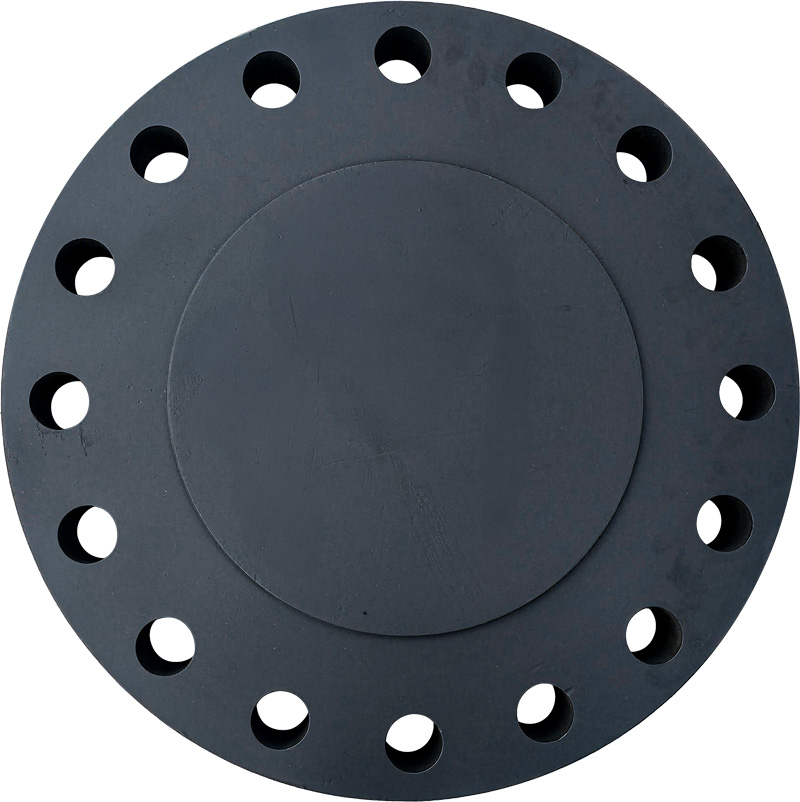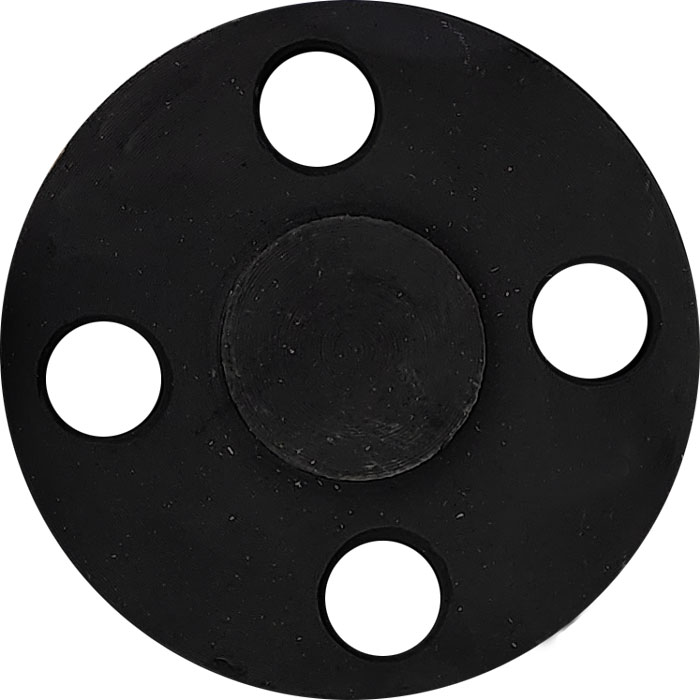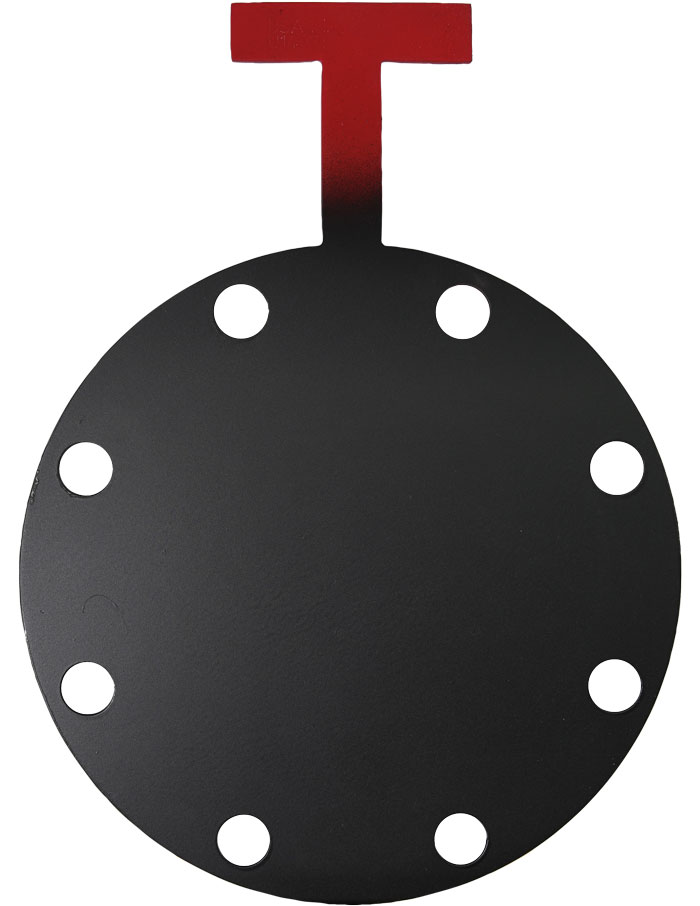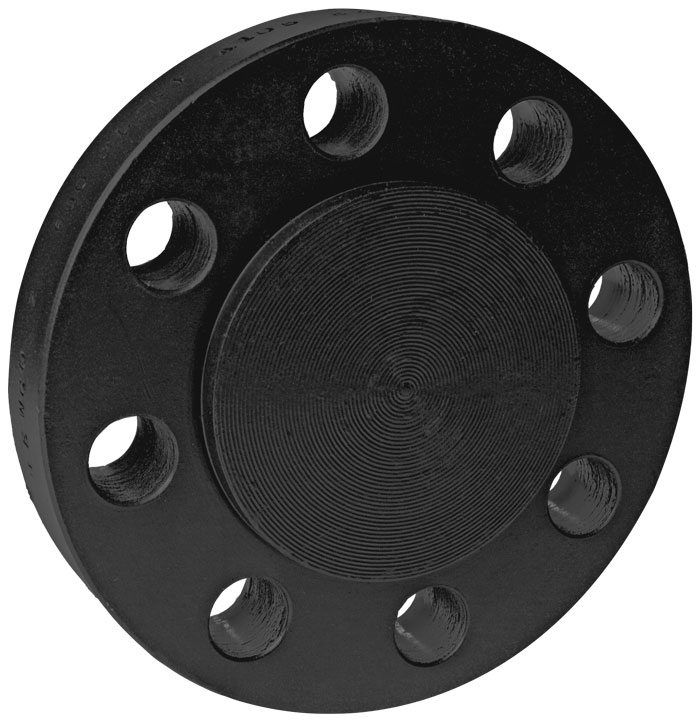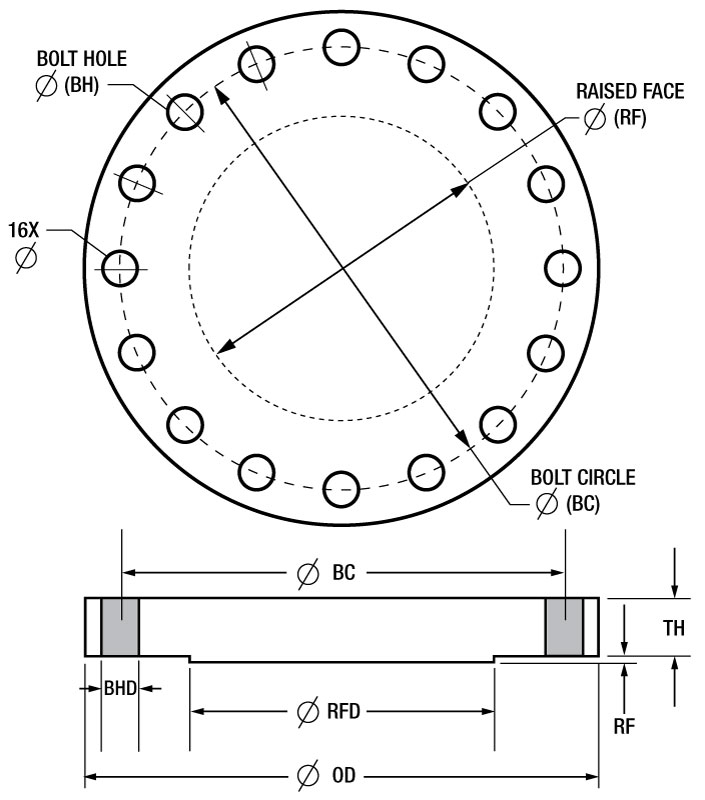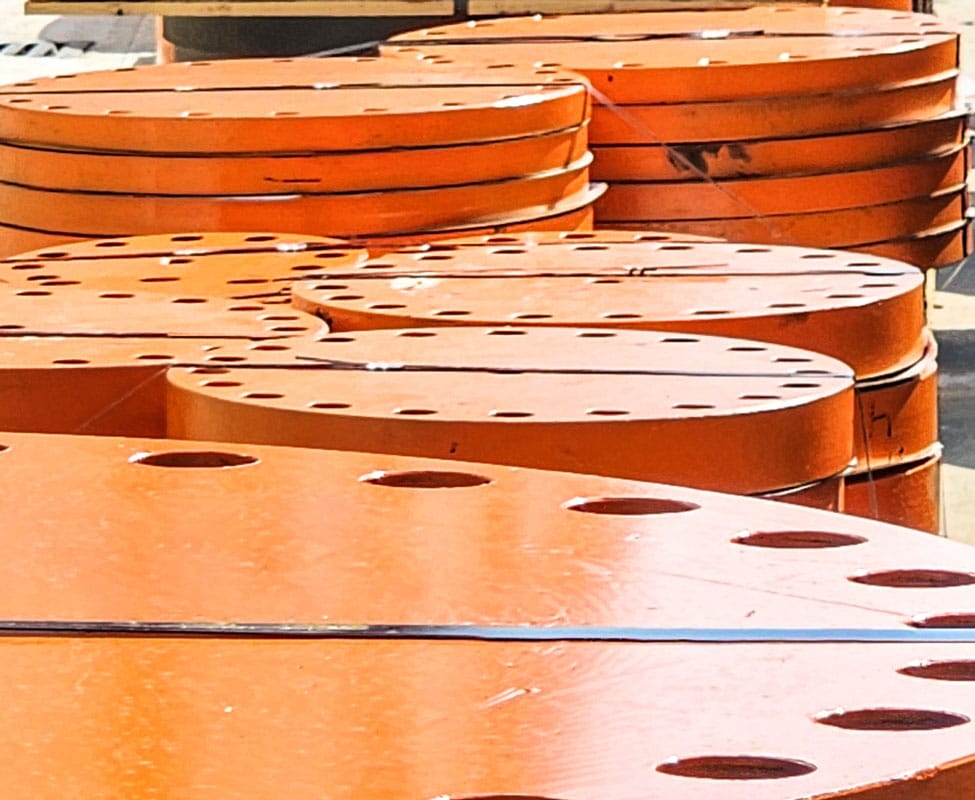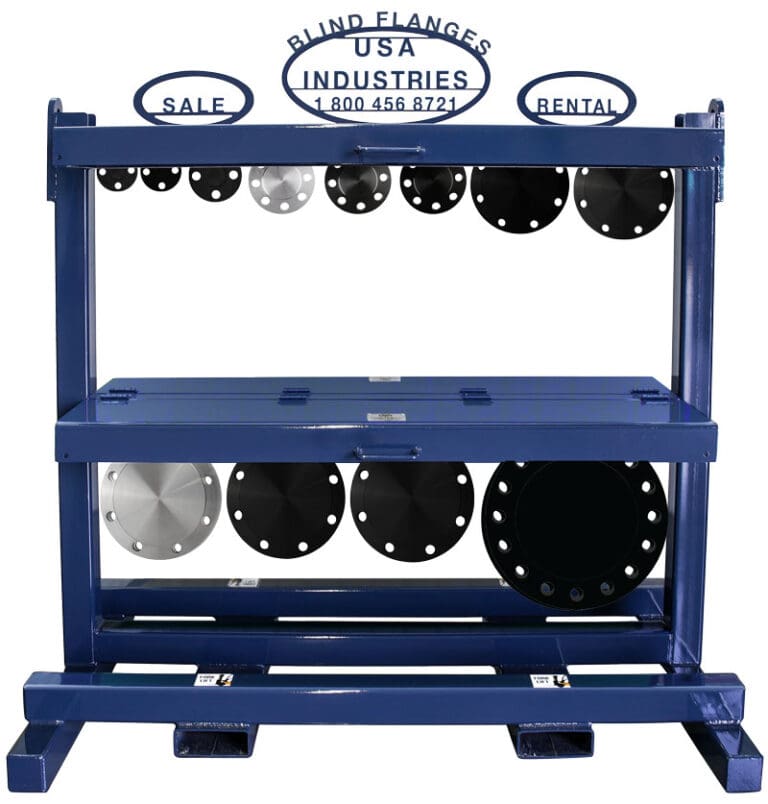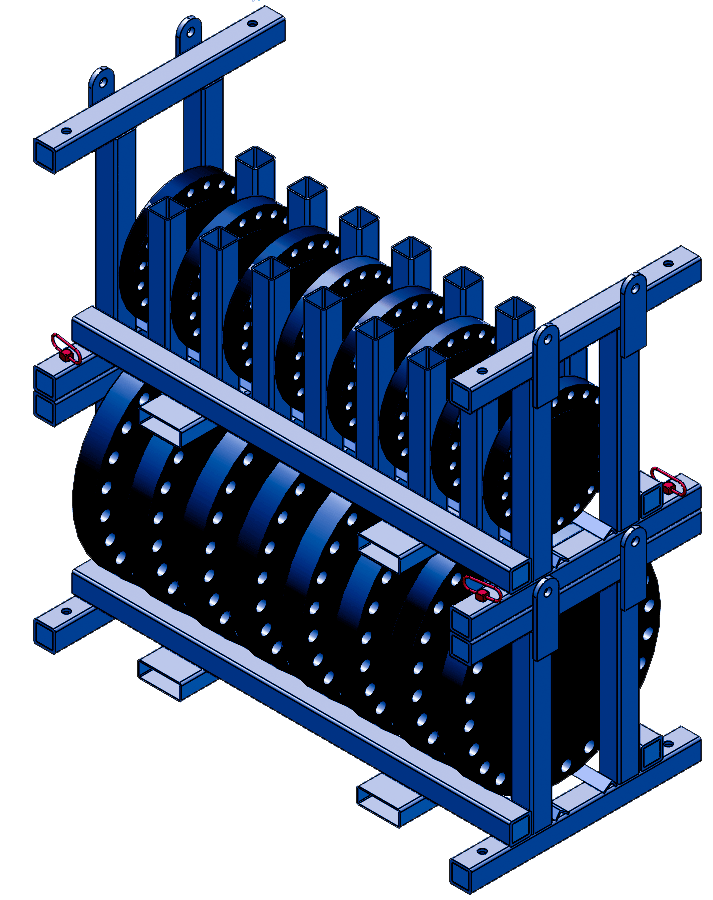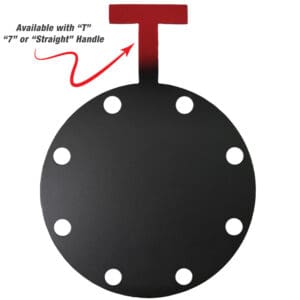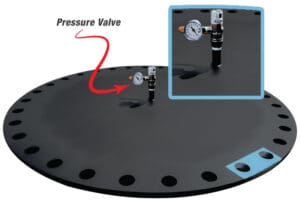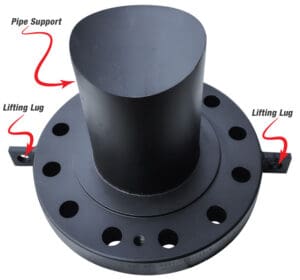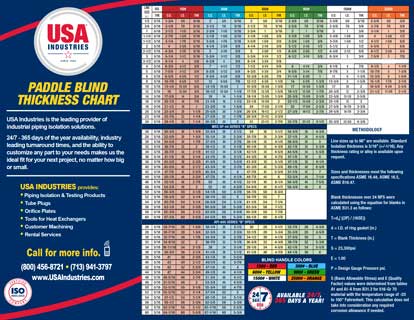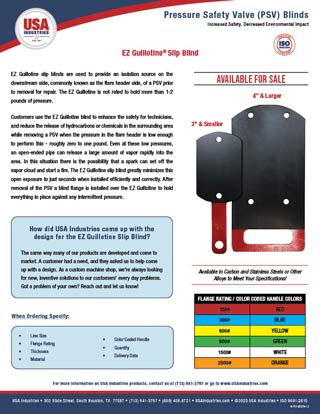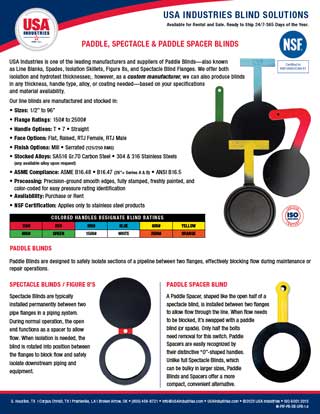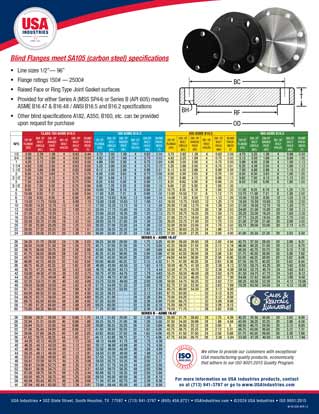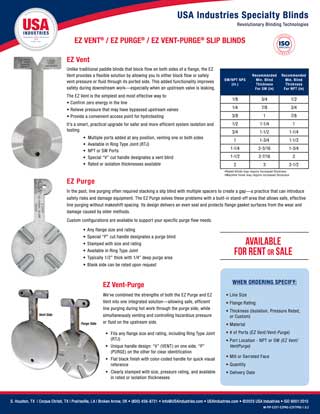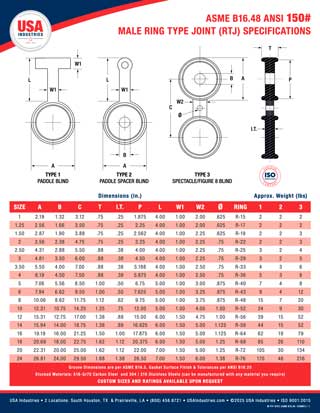Pipe Blind Flanges / End Caps
Meets ASME B16.47 & B16.48 / ANSI B16.5 & B16.2 standards. Have custom needs? No Problem!

ASME PIPE BLIND FLANGE SPECS:
| Sizes: | 1/2" - 96" |
| ASME Pressure Ratings: | 150# • 300# • 600# • 300# • 1500# • 2500 |
| Stocked Alloys: | 516-Gr70 CS • 304/316 SS (Any Available Alloy) |
| Port Options: | NPT or SW |
| Multiple Ports Can Be Added | |
| Face Options: | Raised • Flat • RTJ Male • RTJ Female |
| Coating Options: | Galvanized • Zinc Plated • Yellow Zinc Chromate |
| ASME Standards: | B16.5 • B16.47 Series A & B (26" & Larger) |
- Custom high-pressure flanges made to your specs
- Same-day local shipping/delivery available in Texas and Lousiana
To Order Call: (800) 456-8721 — Specify:
- Flange Rating (150#, 300#, 600#, 900#, 1500#, 2500#)
- Size (1/2" - 96")
- Vent, Port and Sizes (if required)
- Steel Material Type (Carbon, Stainless - 304, 316, Other)
- Quantity Needed
- Necessary Delivery Date
Protect Your ½"–12" Blind Flanges with the EZ Lock Blind Flange Rack™ — Safely Store 14" and Larger Blind Flanges with the Stackable, EZ Store Blind Flange Rack Solution.
Rent or Buy Blind Flange Racks from the Industry Leader in Patented Blind Storage Solutions!
PIPE BLIND FLANGE USES
- Isolation for Maintenance: Seals pipeline sections for repairs without system shutdown, which improves operational efficiency and reduces downtime.
- Pressure Testing: Acts as a temporary closure for hydrostatic or pneumatic tests.
- Permanent Sealing: Used for decommissioning or abandoning pipeline sections.
- Versatile Applications: Common in oil and gas, chemical processing, power generation, and water treatment industries.
SPECIFICATIONS: Our ANSI flanges are typically manufactured with raised face or Ring Type Joint (RTJ) facing. The standard height is 1/16" for pipe caps under ASME rating 400# and 1/4" for flanges 400# and up.
NEED PORTS? Choose from middle, top, or bottom ports, and socket weld or NPT vent connections.
Blind Flange 3D Product Rotation
Paddle Blinds, Specialty Slip Blinds & Blind Flanges
Frequently Asked Questions
No. Blind flanges are used to "close off" the line when bolted to a flange, which is welded to a pipe, heat exchanger, vessel, etc...
Yes. We will custom manufacture or modify any of our products to meet your needs.
Yes. We can produce our products to any custom specification.
This only applies for line sizes greater than 24". Call us and we'll be happy to help you determine the correct spec.
Yes, just let us know if you want the lifting lug on the flat face of the blind flange (typically used when the flange is in a horizontal plane) or on the outer edge (typically used when installing in a vertical plane).
The most common material is A105 grade carbon steel, however we can produce our blinds in any material, grade or alloy you require.
Yes, we can supply the nuts, bolts, and gaskets if you need them.
Yes, we can provide your flange with one or more vents. Vents are available in the middle, top, or bottom of your flange and with socketweld or NPT vent connections.
